Annotated Links for TPG 21
Annotated Links blog Ten Banners for Home and Office TPG21
Christine’s Links:
Elaine Fox’s Rainy Brain, Sunny Brain (2012)
A cognitive psychologist looks at optimism and pessimism.
This is an enjoyable new mass-market book revealing the neurological centers of approach and avoidance instincts. Fox’s voice is a welcome addition to my understanding of the field of positive psychology. After just the first chapter, I recast my personal setbacks in running with a more positive perspective on my progress. Just as pleasure is fleeting, my ability to stay optimistic can waver over time. Books such as this are like nutrients that remind me to activate the skills of optimism.
———————————————————————————-
Mihaly Csikszentmihalyi and Rick Emery Robinson’s The Art of Seeing: An Interpretation of the Aesthetic Encounter (1990)
This book may be purchased at http://www.powells.com/biblio/61-9780892361564-1In 1985, the Getty commissioned a pair of researchers to conduct a study on the nature of the aesthetic experience, with a focus on finding correlations with flow, or optimal experience. The methods and findings are detailed in this out-of-print, academically-written book. Artists and curators will find some of the results basic, however, the rigor with which the researchers parsed the dimensions of aesthetic experience helped clarify my understanding of how art objects function, what viewers must bring to aesthetic experiences, and how viewers shape their experiences with artworks.
———————————————————————————-
Constructing personal devil and angel archetypes
Actor Henry Winkler Plays “Not My Job,” and “Fabulous” New Yorkers
I was tired and lost on the Van Wyck Expressway when I heard a seven-minute interview with Henry Winkler that snapped me outside of my miserable, inward perspective. Winkler seems irrepressibly happy, with no complaints or regrets. The interview reminded me that you find what you look for in daily life, whether conflicts or beauty, complaints or humor.
I have been thinking a lot about how being in New York is changing me for the better and worse, illustrated by extreme New Yorker archetypes. The first is the stereotypical obnoxious, complaining, defensive New Yorker. (This is mostly caricature, though the city’s density can breed impatience for social niceties.) The other archetype is the one that Winkler seems to exemplify: the live-and-let-live New Yorker, who is constantly finding things “fabulous” and appreciates life in all its manifestations. Winkler would make a great happiness role model.
———————————————————————————-
Greater Good Science Center at UC Berkeley
GGSC’s blog features short, practical articles written by positive psychologists. The advice for improving subjective well-being is straightforward and, crucially, rooted in empirical studies (unlike self-help). Recommended for those with interest in‚ but not much time for‚ applying positive psychology in their lives.
———————————————————————————-
Fraternal artists based in Birmingham and London, UK.
The Bloors make drawings, paintings, wall texts, sculptures, and public projects around play, public space, and modernist forms. Their latest projects, including schoolyard commissions, attempt to inspire informal interactions. I find that their works balance a cheery, earnest tone with formal and typographic sophistication and an open-endedness that invites intellectual engagement.
———————————————————————————-
Michael Jones McKean’s The Rainbow: Certain Principles of Light and Shapes Between Forms
Ambitious site-specific weather project at the Bemis Center for Contemporary Art, Omaha, NE
———————————————————————————-
I wish every website I use for procurement was as clean, informative, and easy to navigate as this.
The speed and ease of the virtual world can create false expectations, making manipulating the material world seem frustrating and slow. McMaster-Carr’s site provides generous access to material information, dimensions, and technical illustrations, exemplifying how material problem-solving can be facilitated with elegantly-dense interaction design.
———————————————————————————-
Though I use common materials in my work, I love fine tools. One of the great tragedies of our generation is the rarity of our encounters with objects that will last a lifetime, and further, specialists with wells of knowledge and enthusiasm for particular materials or tools. Hida is one such loci of connoisseurship. Based in Berkeley, this mom-and-pop shop sells Japanese hand tools, specializing in kitchen knives, gardening implements, and woodworking tools. I purchased wood-carving gouges from Hida 15 years ago, and they are holding up promisingly well. Hida’s specialness was recently brought to the fore again, when I decided to buy a Japanese saw, and could find no suitable counterpart in New York City.
———————————————————————————-
TPG’s Links:
Christine’s work is influenced by the field of Positive Psychology.
This is a field concerned with why minds function well rather than the opposite… A brief primer can be found
courtesy of Wikipedia.
http://en.wikipedia.org/wiki/Positive_psychology
———————————————————————————-
Thrive! – The Living Well Show
Online radio webcasting about positive psychology.
———————————————————————————-
Christine references the work of Mihaly Csikszentmihalyi. In this TED talk he discusses the creative ‘flow’ state.
—
How That Sausage of Happiness Is Made
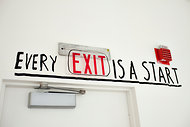
Stefan Sagmeister is another artist who investigates notions of happiness. This article describes a recent show of his and an upcoming movie project. Both are concerned with what constitutes happiness and how it may be achieved.

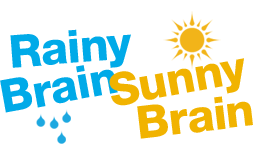




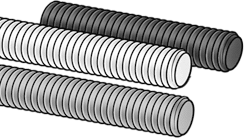
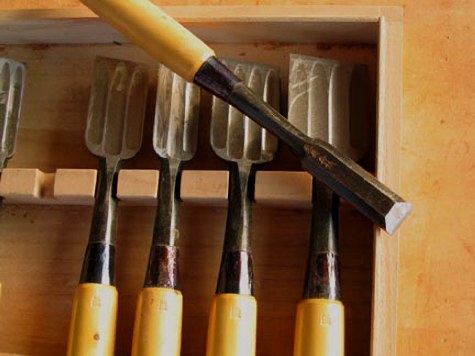



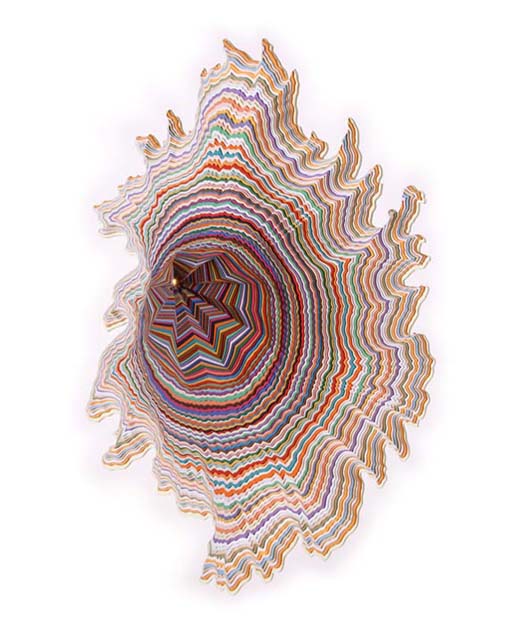


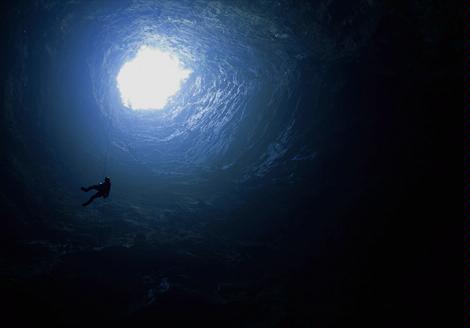
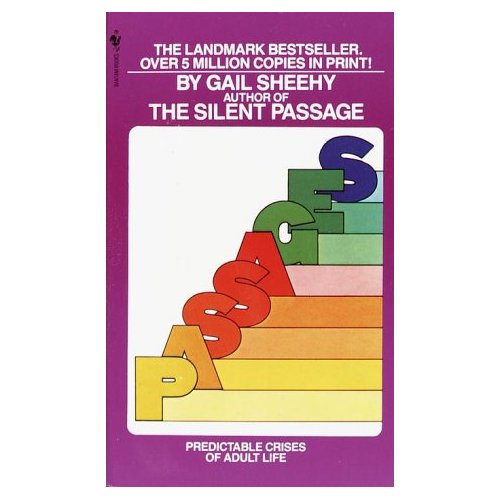


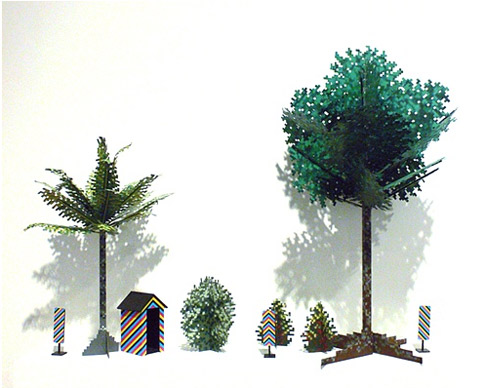
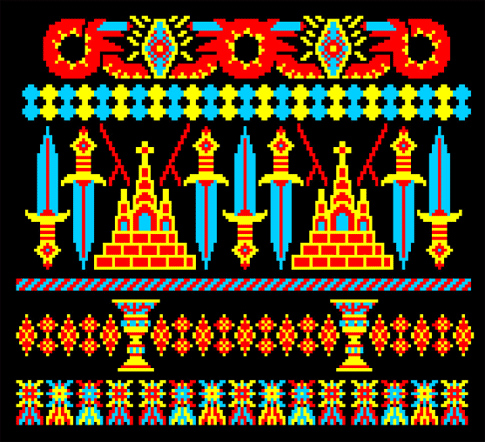
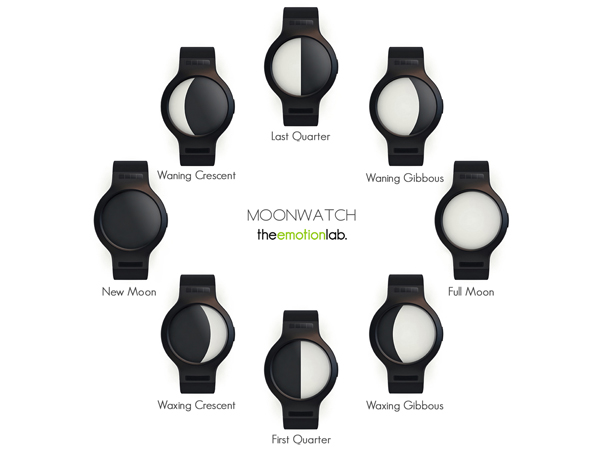
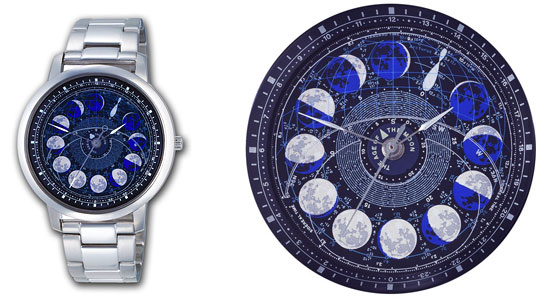
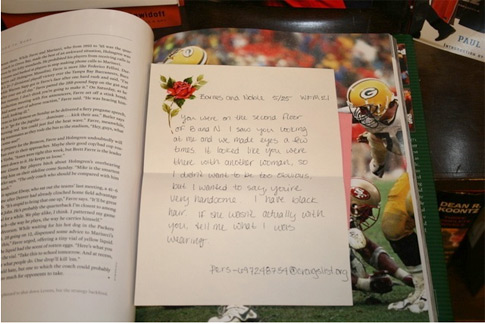



 – MAKE Magazine brings the do-it-yourself mindset to all the technology in your life. MAKE is loaded with exciting projects that help you make the most of your technology at home and away from home. We celebrate your right to tweak, hack, and bend any technology to your own will.
– MAKE Magazine brings the do-it-yourself mindset to all the technology in your life. MAKE is loaded with exciting projects that help you make the most of your technology at home and away from home. We celebrate your right to tweak, hack, and bend any technology to your own will.
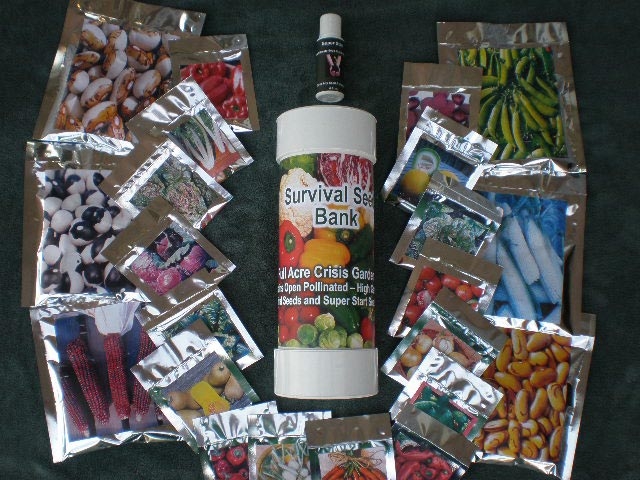
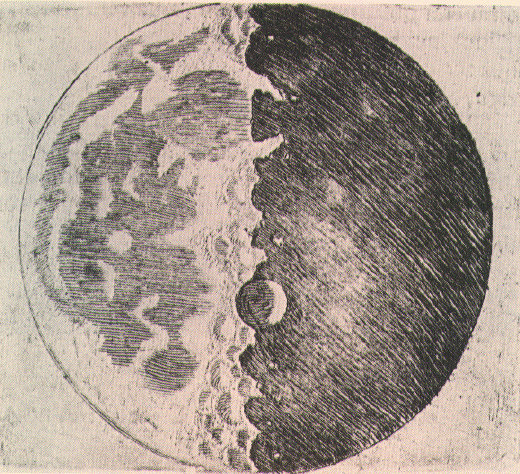 Galileo Galilei’s Moon Drawing
Galileo Galilei’s Moon Drawing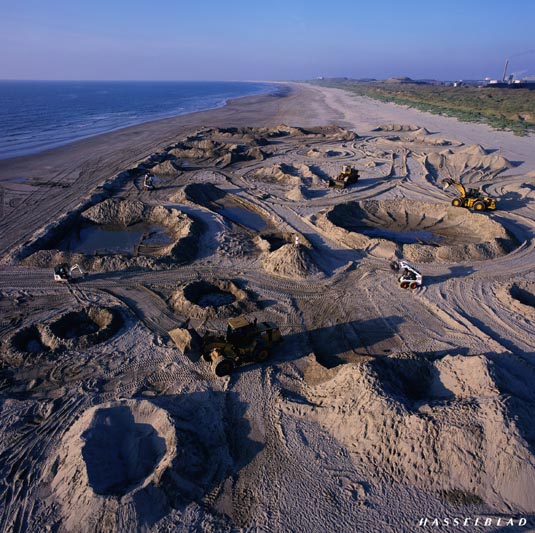

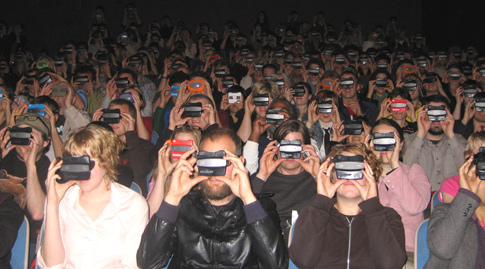
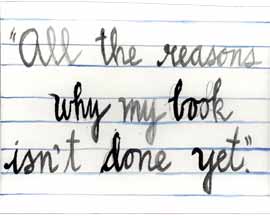













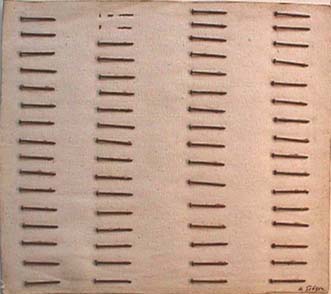

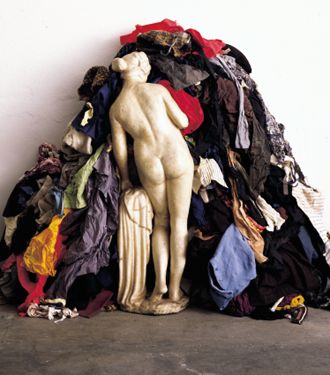
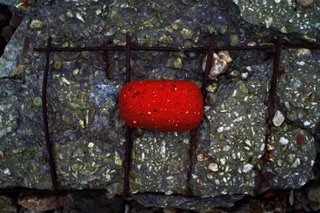 worn bricks post
worn bricks post







